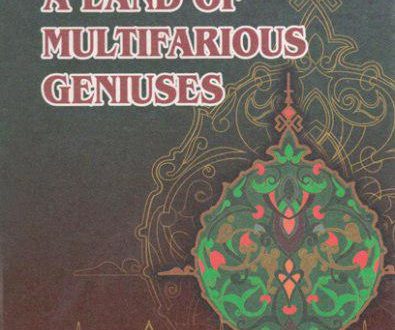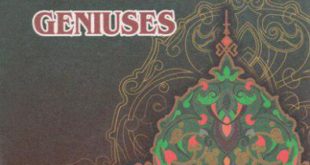“Kitab at-tamhiyd li-qavaid at-Tawhid”
It is well known that in the dissemination of the teachings of “al-Ash’ariya school”, an estimated scholar al-Baqillani played an incomparable role and in the dissemination of the teachings of the Mu’tazilah order, Qazi (Judge) Abduljabbar had a great success. As to the dissemination of the teachings of Maturidiya School founded by Imam Abu Mansur al-Maturidi throughout the world, his follower Abu-l-Muin an-Nasafi made great efforts. Especially, his book “Kitab at-tamhiyd li-qavaid at-Tawhid” played the most important role.
Printed in 1986 in Cairo by an Arabian researcher Habibullah Hasan al-Ahmad, this book consisted of two parts and each part included some chapters and subchapters. Early pages of the first part contained information concerning the time of his life and creative activity. The information reflected the political, economic, social and cultural life in the society followed by the materials reflecting the authors’ date of birth and some interesting facts about his teachers and masters, ten students and disciples of the author.
The full text of the book “Kitab at-tamhiyd li qavaid at-Tawhid” is given in the second part of the book which reveals the scientific content of the ideas and teachings of the author from different points of view. The preface of the book proves that this book was really written by Abu-l-Muin an-Nasafi. It provides some more information that there exist seven manuscripts of the book which are preserved in different scientific libraries of the world including Turkey and Egypt. The preface also says that this book was written in accord with the request of the ruler of that time to write a book about the rules of “ahl as-Sunnah va-l-jamaa”.
Then the author analyses the content and meaning of the book and divides the principles of cognition theory and its instructions into three component parts:
- the five senses;
- real, reliable information;
- mental ability.
Further, the author explains the main principles of being an imam and a caliph. Concluding the ideas expressed by the author in this chapter, we may state that the author was one of the earliest and greatest supporters of the teachings of Imam al-Maturidi and made much effort for the spread of this theory and contributed much to this act in the Islamic world.
The second part of the book also contains suitable conclusions about the essence of the book “Kitab at-tamhiyd li-qavaid at-Tawhid”. Stepping chapter by chapter, it provides original ideas of the author about the structure of the outer world, the qualities and peculiarities of Allah, the existence of freedom of will power of man, the torture of grave and the like. The book also contains the reasonable refusals of Imam an-Nasafi to the claims of the representatives of different separated parties and groups in religion such as “Jabariya”, “Khavarijs”, “Mu’tazilah”, etc.
Concluding the above-mentioned facts and information about the great genius Abu-l-Muin an-Nasafi, we can say that on the one hand he was a great supporter of the teachings and views of his great master Abu Mansur al-Maturidi and a man who made a substantial contribution to the spread of these teachings throughout the Islamic world, on the other hand his scientific products as “Tabsirat al-adilla”, “Bahr al-kalam”, “Kitab at-tamhiyd li-qavaid at-Tawhid” and others made an essential contribution to the further development of the science of kalam. It should be kept in mind that in any society and at any time these books may be useful for those separated parties and groups in religion who got lost in the theories of Islamic teachings. These books may serve as a free and neutral instruction in different debates and discussions dealing with urgent religious problems relying on the Holy Qur’an and Hadiths mentioned by our Prophet Muhammad (saas). Thus, the theoretical basis created by Abu-l-Muin an-Nasafi in his classical scientific works ten centuries ago may serve as a reasonable and reliable source not only of his time but also for our time. This scientific heritage should be thoroughly studied and investigated by the experts of the modern world.
 Imom Buxoriy xalqaro ilmiy-tadqiqot markazi bukhari.uz
Imom Buxoriy xalqaro ilmiy-tadqiqot markazi bukhari.uz











